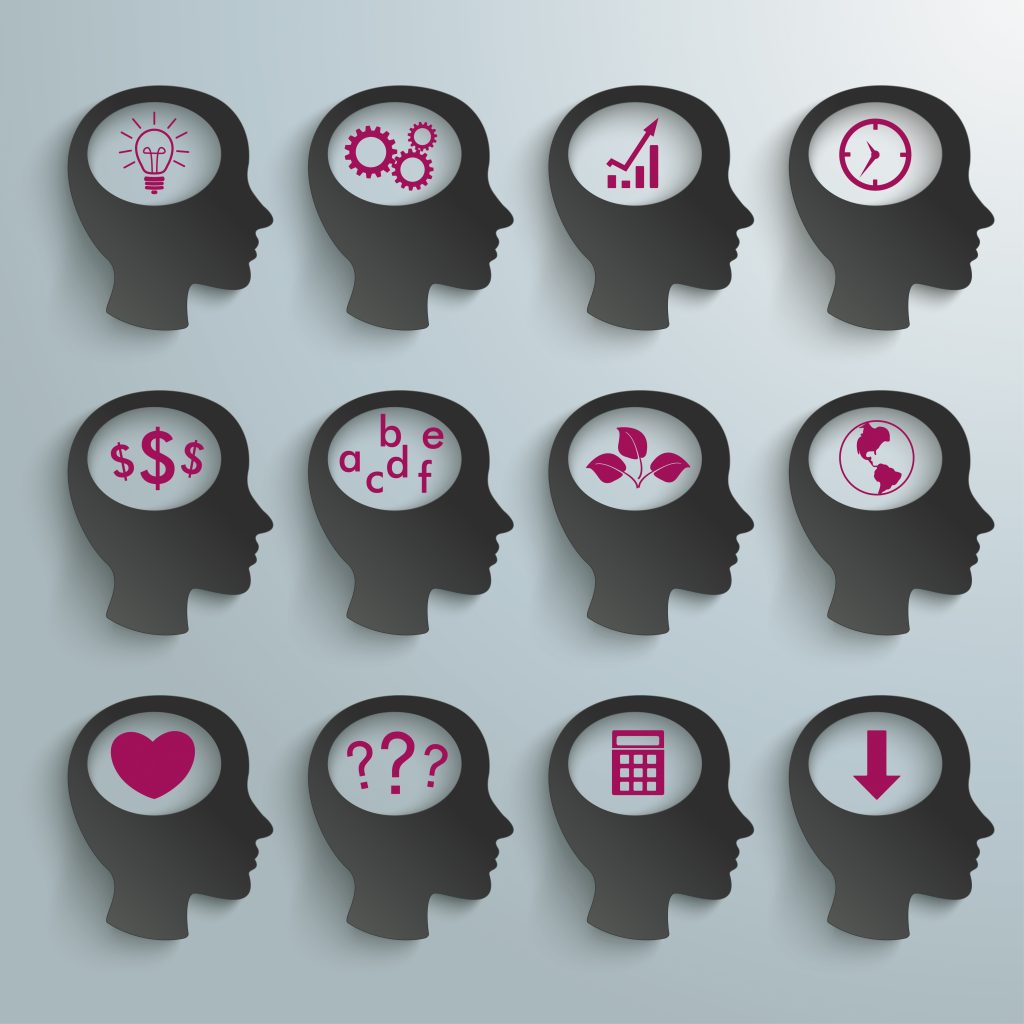In my many years teaching in the classroom, I always felt that one of the most important things I did was to give tips to the students that would help them learn better. They really appreciated it, and they often had ahas! when they realized there was an easier way to study, memorize, etc. I did this because I always liked using these little techniques that made all the difference.
Now, in this series of blog posts, I will discuss a wide range of these “cognitive strategies” that you can use in the classroom to help your students learn better.
What are cognitive strategies?
Education is about learning. All our efforts as teachers are directed to helping our students learn better as well as learn more. To that end, we use a range of strategies. A cognitive strategy can be defined as a tool, plan, or method used to facilitate learning, remembering, and retrieving information.
The purpose of these strategies is to help students transfer information into long-term memory and then retrieve it when needed. By teaching these strategies, we give students the skills to use in any content area and throughout their lives.
Research has clearly shown that retention of learning depends on periodic review over a number of days after the first learning. Reviewing with good techniques accelerates the learning.
Three types of knowledge
The research collected by DataWORKS shows there are three kinds of knowledge and each requires different cognitive strategies.
1) Declarative knowledge is factual information. Students recall verbatim or summarize information from facts, lists, or text-based organized data or ideas. For example, they may study the U.S. Bill of Rights, or the three types of rocks, or math facts. Each of these has just one set of information to know. Students need techniques for remembering and retrieving it.
2) Procedural knowledge is how-to information. Students use steps or sequences to do something. For example, they may multiply two-digit by one-digit numbers or write a persuasive composition. Students need techniques for doing the steps, skills, or processes.
3) Metacognitive knowledge is knowledge of our own mental processes. Students know, for example, that if math is hard for them, they do it first. Or, if they are dealing with too much information, they need a graphic organizer to keep track of it. They also know their unique learning modalities – visual, auditory, or kinesthetic and study in the best way for them. Students need to have models of internal thought processes (often provided by the teacher) and then practice using them.
Five types of cognitive strategies
The most useful cognitive strategies can be categorized five ways, and we will review the first type here and the rest in future blog posts. The five types are: chunking, rehearsal, elaboration, organization, and metacognitive.
Strategy 1: Chunking
DataWORKS defines chunking as reducing the number of items that need to be remembered at the same time. Further, it is a learned skill that should be explicitly taught to students.
Research shows that children under five years old can only hold one to three items in their working memory at one time for up to five minutes. Five to 14-year-old students can hold three to seven items for up to 10 minute. Students older than 14 can hold five to nine items in mind for up to 20 minutes.
As teachers, we can actually chunk our lessons to help the students. That means we could break a standard into several lessons. We could limit the number of items to be learned at one time, such as a few vocab words per day. We could also limit the number of steps in learning a new skill, such as identifying similes (1. Circle the unlike items being compared; 2) Determine what they have in common; and 3) Locate “like” or “as”).
For the students, we can teach them two kinds of chunking – pattern and categorical. Pattern chunking involves identifying a repetitive pattern, order, or arrangement that will help them remember. For example, in 3rd grade, they can study word families (ight helps them read bright, fight, flight, fright, and light). For 7th grade, by knowing “phase” they can easily remember the five steps of mitosis (interphase, prophase, metaphase, anaphase, and telophase).
Categorical chunking places large amounts of content into a small number of categories. This is especially useful for history and science lessons. For example, in 5th grade, parts of an animal cell, a carburetor, or the digestive system could be categorized as structure or function. Big issues could have advantages or disadvantages. The American and French Revolutions could have similarities and differences. Governments and biological systems could be categorized by taxonomies or hierarchical levels. Specific topics could have paired problems and solutions.
The big advantage of chunking as a cognitive strategy is to make it easier for students to process information.
Next post will look at cognitive strategies that involve rehearsal.

